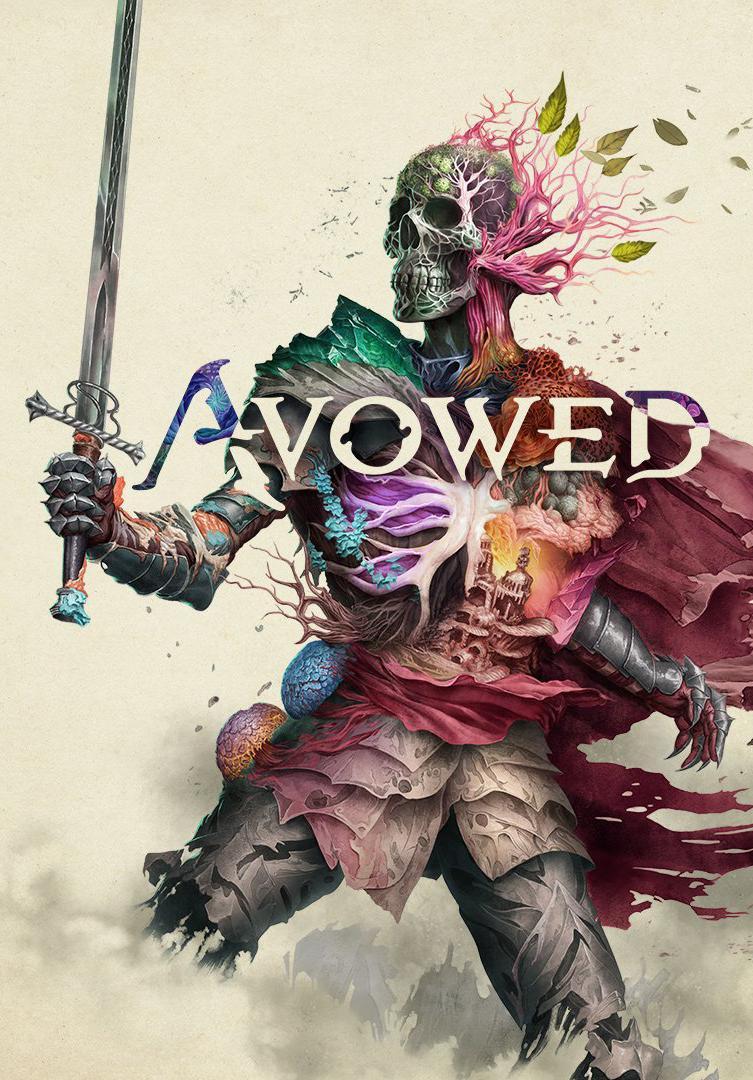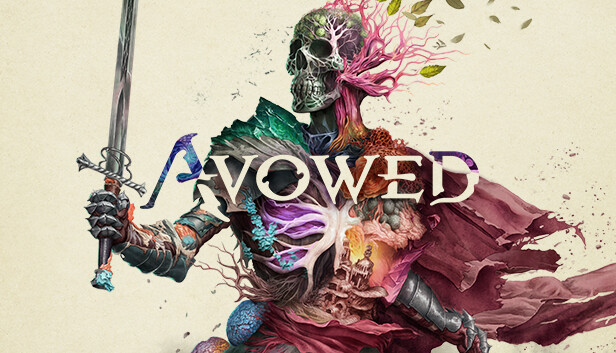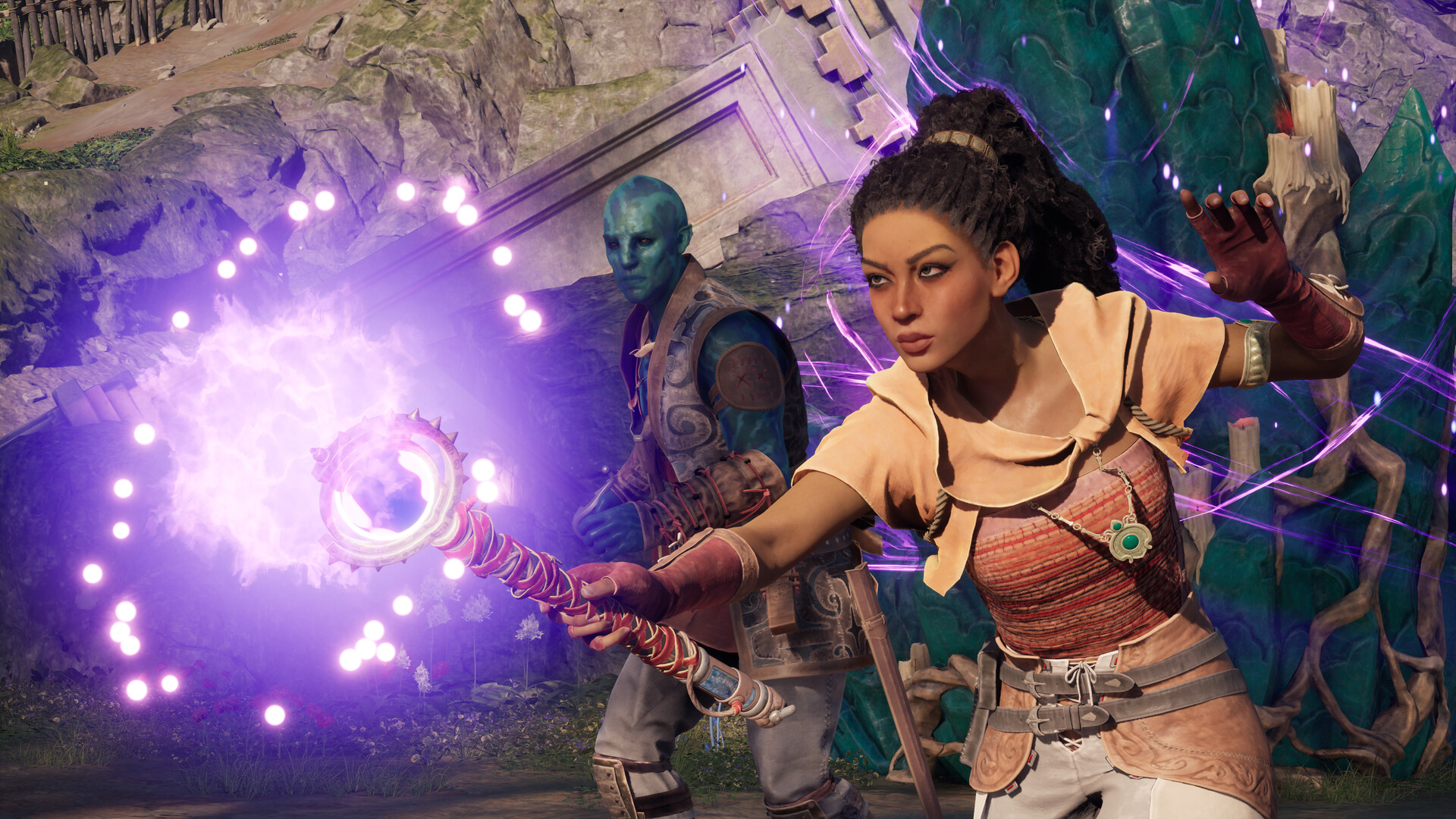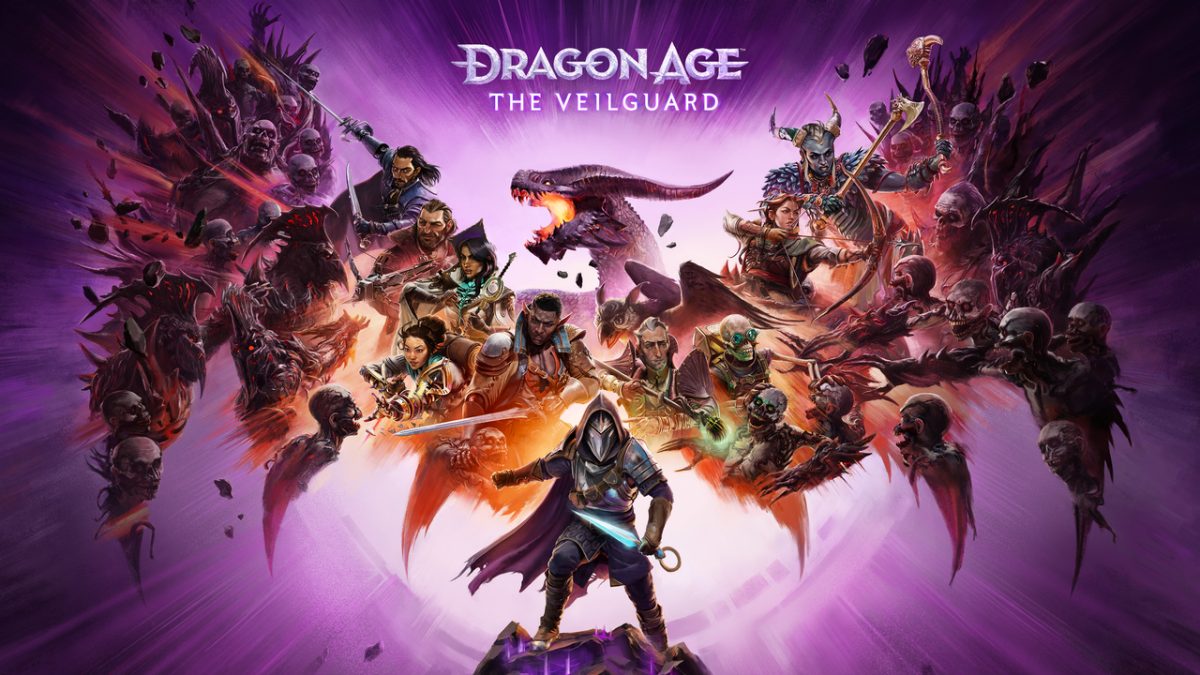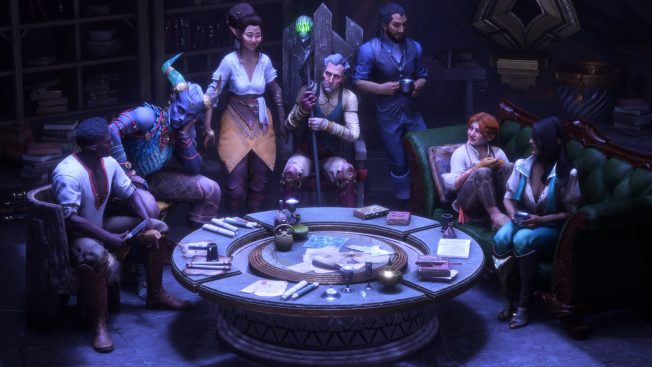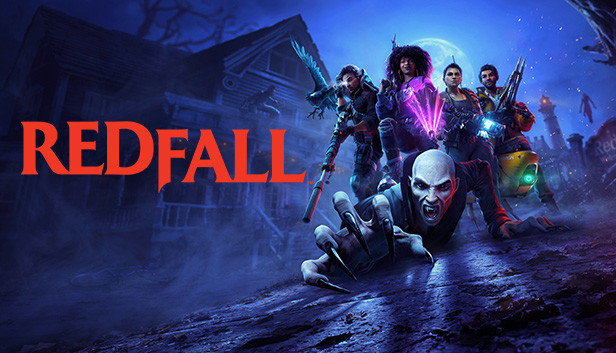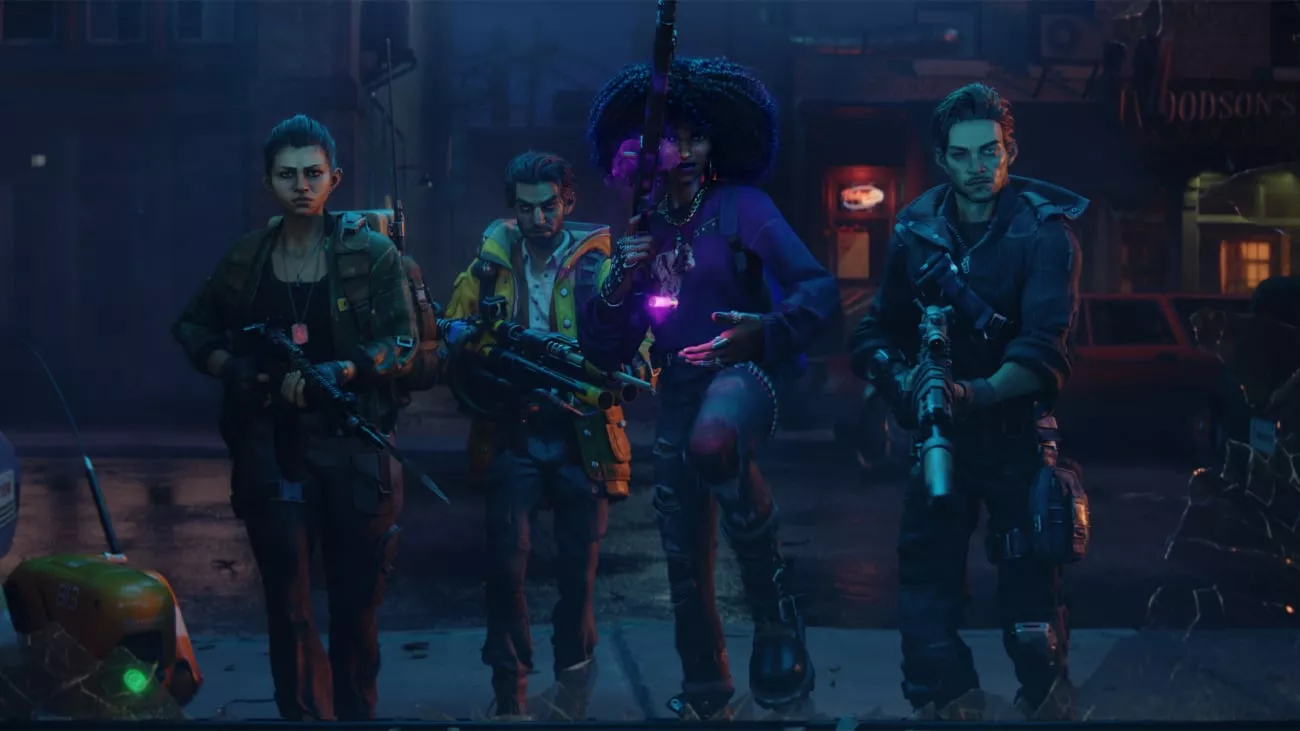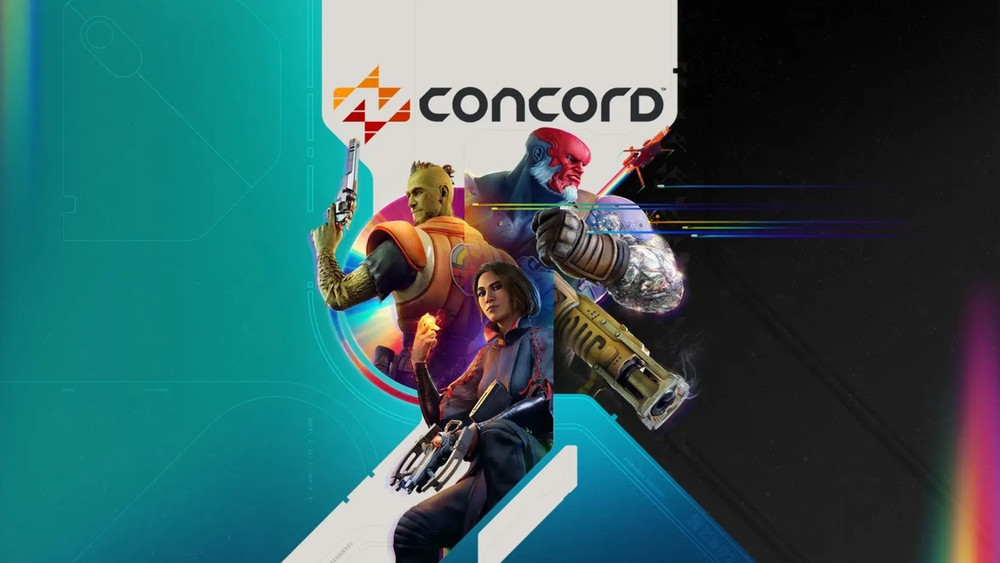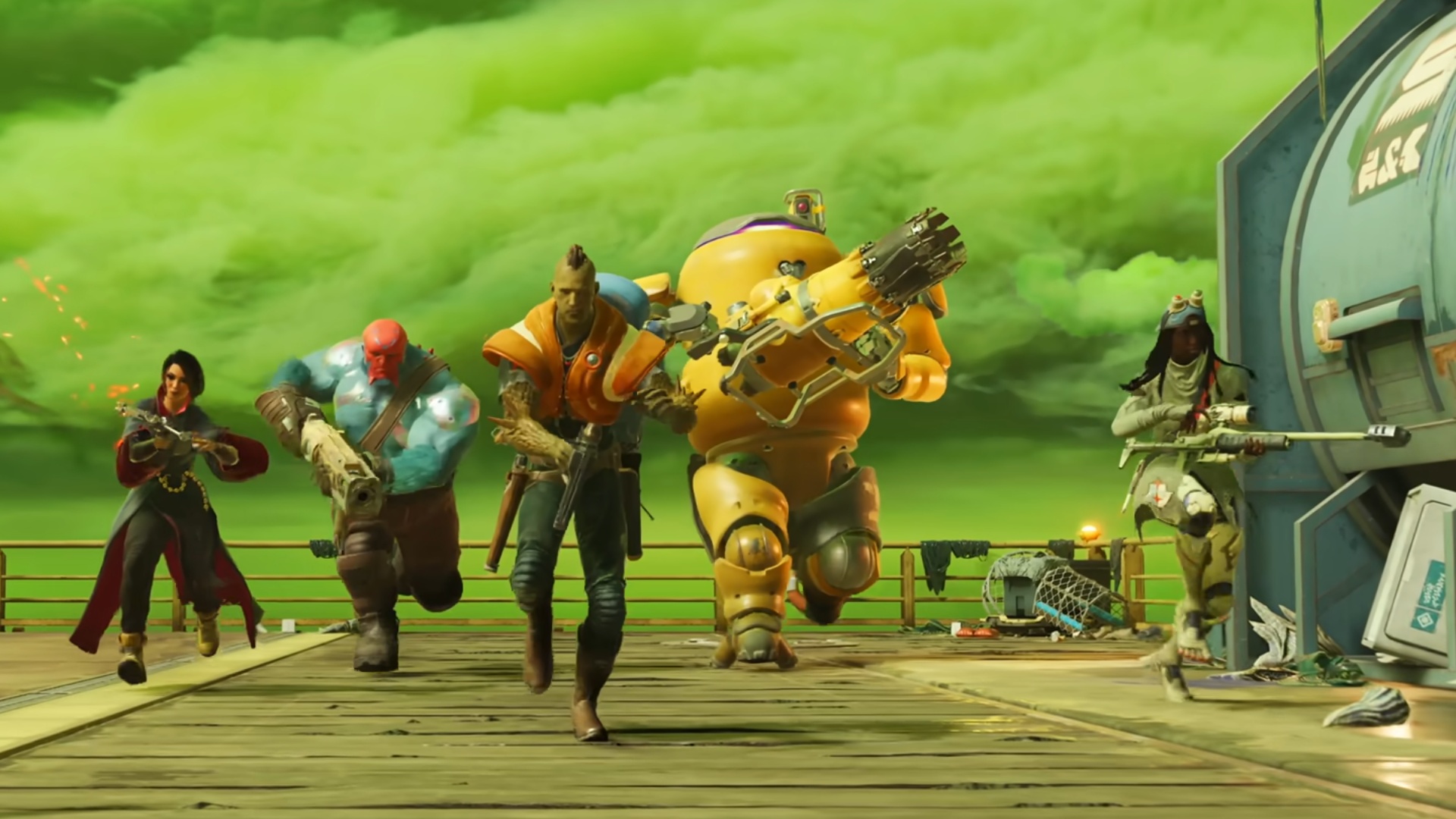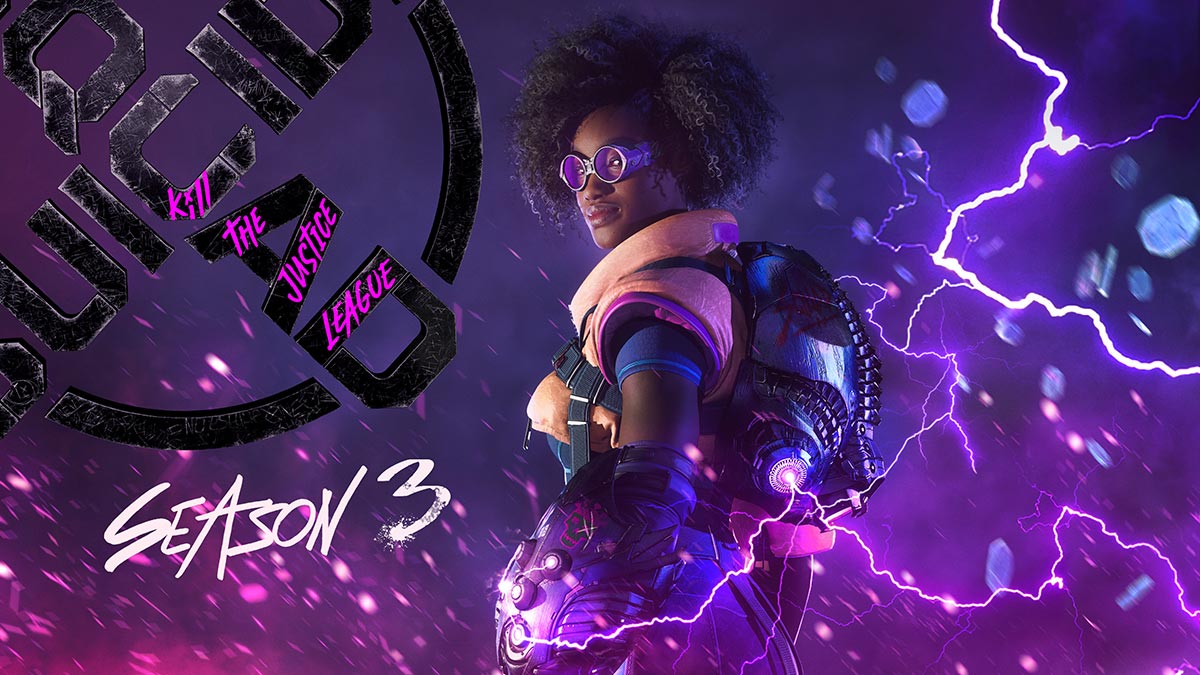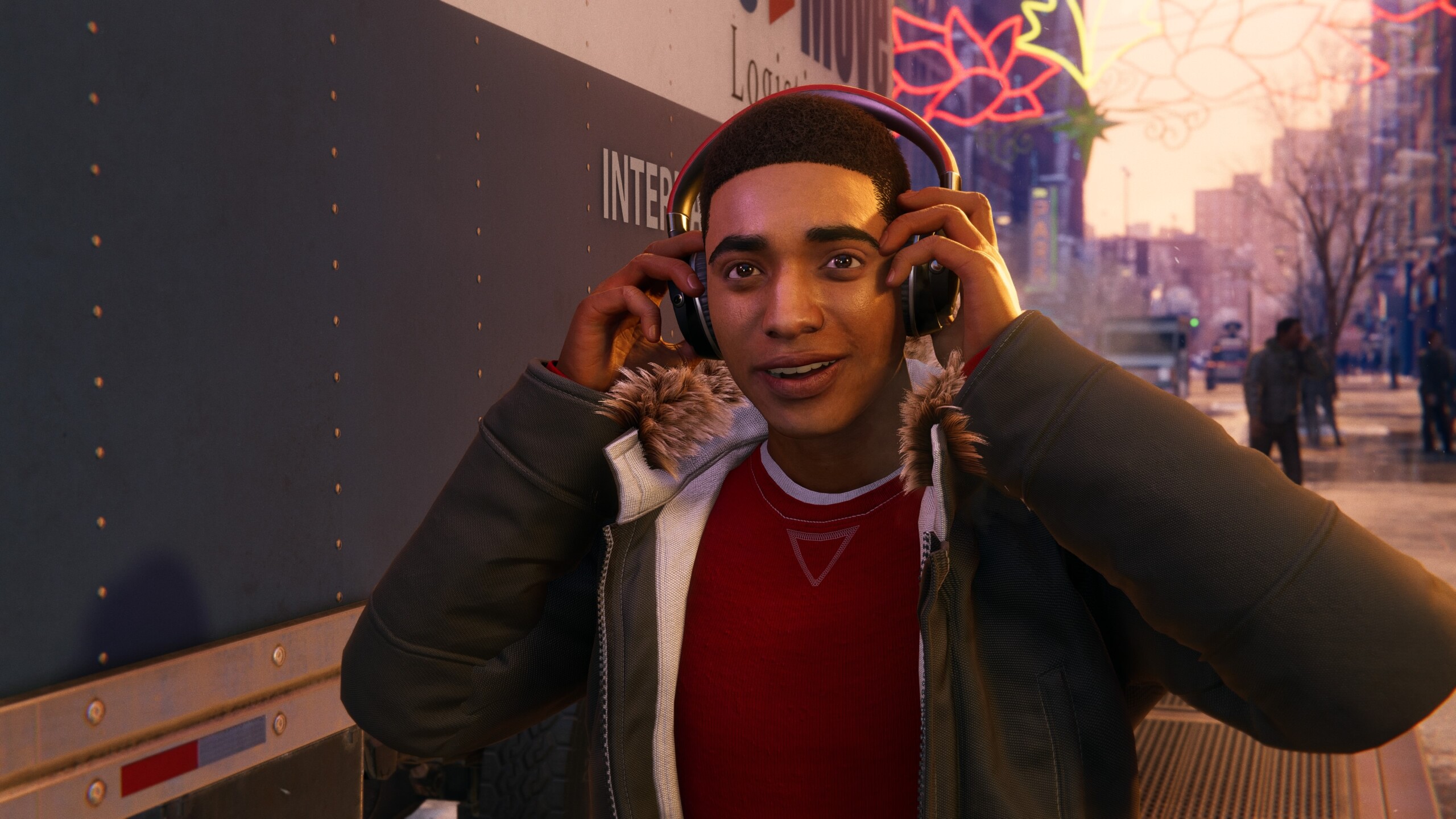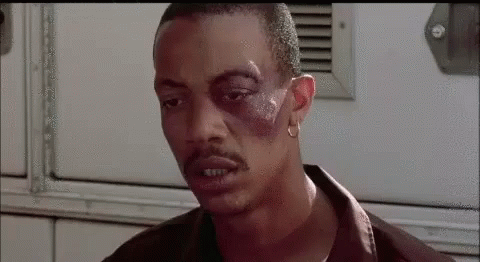MujkicHaris
Banned
*Most* of the modern games post PS3/360 generation look the same. Why? It's not about the saturated colors. It's called PBR or Physically based rendering.
It has one simple goal - simulate a realistic behavior of a light "physically" interacting with a surface. While PBR did advance the photorealistic rendering by a large quantity, it introduced a problem. It does its job so well that diffuse textures lost the importance in visual hierarchy. Why? Because PBR is a model of lighting. And every model has a structure and this structure will in return be present in every single game that is using it.
Prior to PBR, there wasn't a model. Each developer and artist had their own idea or model on how to do rendering. Some relied on normal mapping heavily, some on specular while others relied on painting the detail in the diffuse texture. Others used photos. Which, in my opinion, was a good thing because it gave us a wide range of styles and even multiple types of realism.
With PBR this is very hard because its rendering equation influences the final result too much and everything is unified to the point that there are PBR charts that explain the physical properties of common materials. And these charts are used by all the games. So, mud or metal will interact with light the same or similar in all the games with PBR. Some games don't even use complex diffuse textures at all and the surfaces still look realistic. Things will only get worse once a superior method gets performance boost and that is full ray tracing.
This is a similar problem to how Netflix does their production. They have their own model or a set of guidelines on how to make content for the platform. That's why all Netflix-produced stuff looks the same or at least have similar color grading.
Of course, there are other factors like the industry using commercial engines instead of in-house solutions, unified communities of devs that share knowledge and follow trends, universities influencing the "correct" way to make games etc.
I personally hate PBR and I will never use it in my games. I even prefer pre-PBR era of games.

Image source
It has one simple goal - simulate a realistic behavior of a light "physically" interacting with a surface. While PBR did advance the photorealistic rendering by a large quantity, it introduced a problem. It does its job so well that diffuse textures lost the importance in visual hierarchy. Why? Because PBR is a model of lighting. And every model has a structure and this structure will in return be present in every single game that is using it.
Prior to PBR, there wasn't a model. Each developer and artist had their own idea or model on how to do rendering. Some relied on normal mapping heavily, some on specular while others relied on painting the detail in the diffuse texture. Others used photos. Which, in my opinion, was a good thing because it gave us a wide range of styles and even multiple types of realism.
With PBR this is very hard because its rendering equation influences the final result too much and everything is unified to the point that there are PBR charts that explain the physical properties of common materials. And these charts are used by all the games. So, mud or metal will interact with light the same or similar in all the games with PBR. Some games don't even use complex diffuse textures at all and the surfaces still look realistic. Things will only get worse once a superior method gets performance boost and that is full ray tracing.
This is a similar problem to how Netflix does their production. They have their own model or a set of guidelines on how to make content for the platform. That's why all Netflix-produced stuff looks the same or at least have similar color grading.
Of course, there are other factors like the industry using commercial engines instead of in-house solutions, unified communities of devs that share knowledge and follow trends, universities influencing the "correct" way to make games etc.
I personally hate PBR and I will never use it in my games. I even prefer pre-PBR era of games.

Image source
Last edited:









